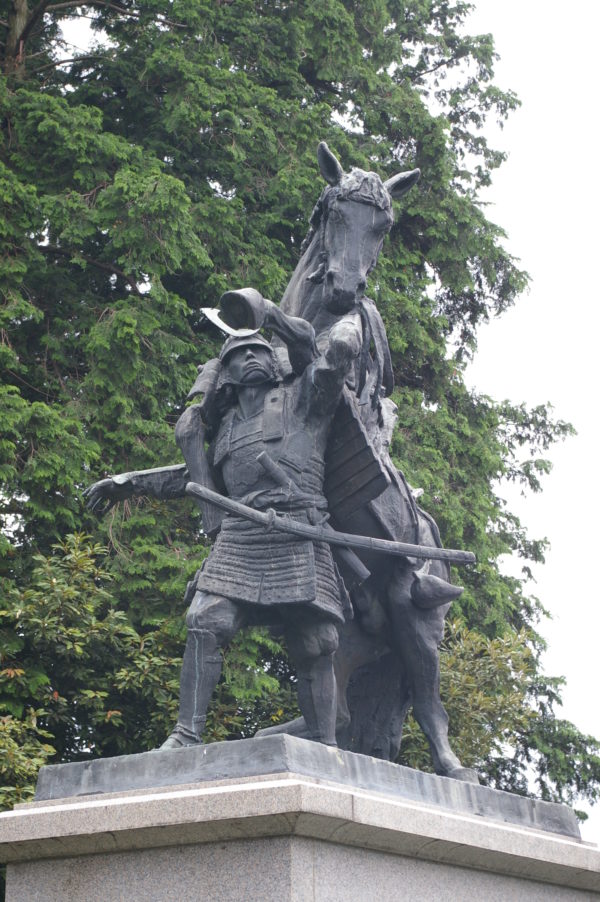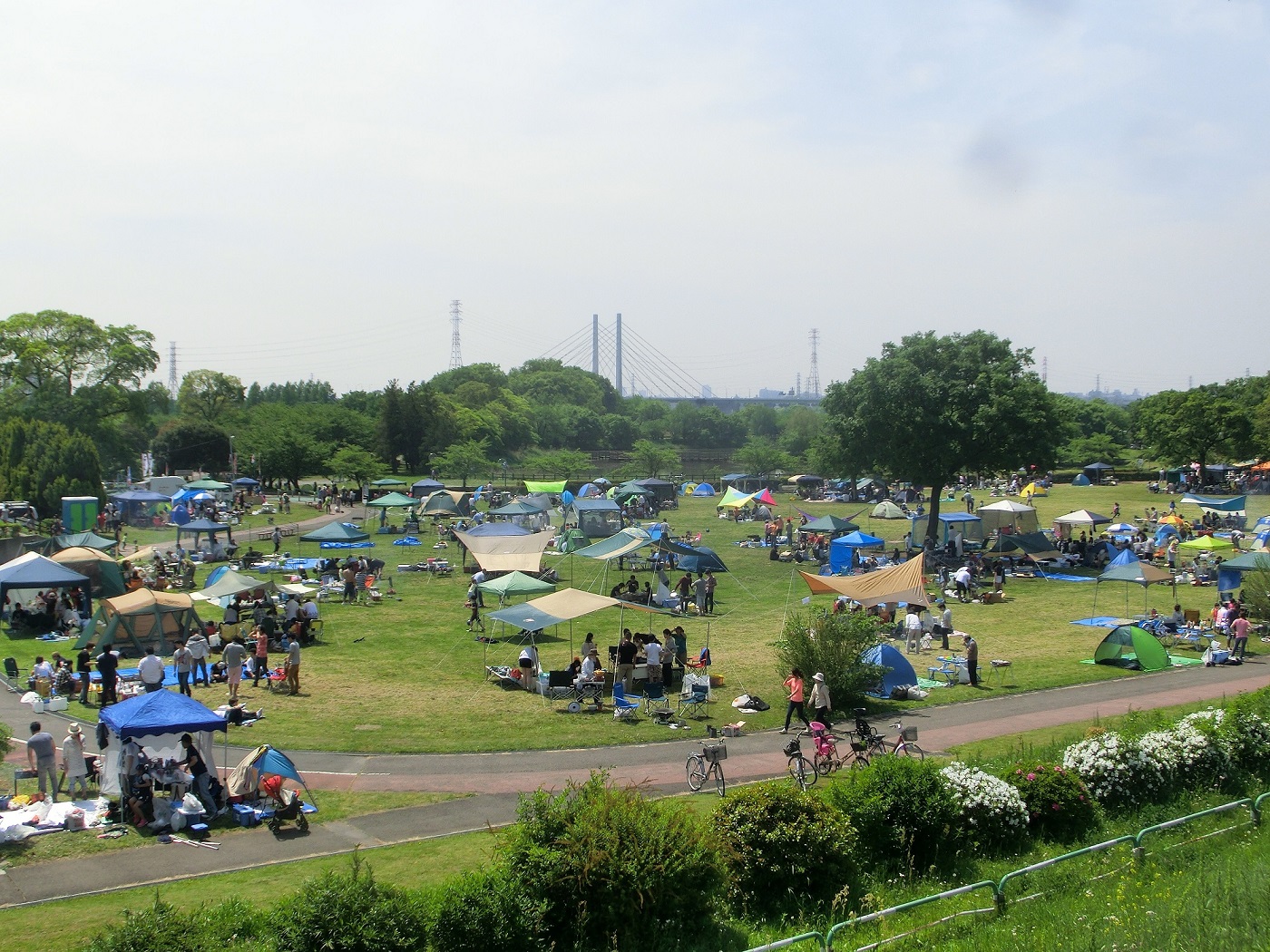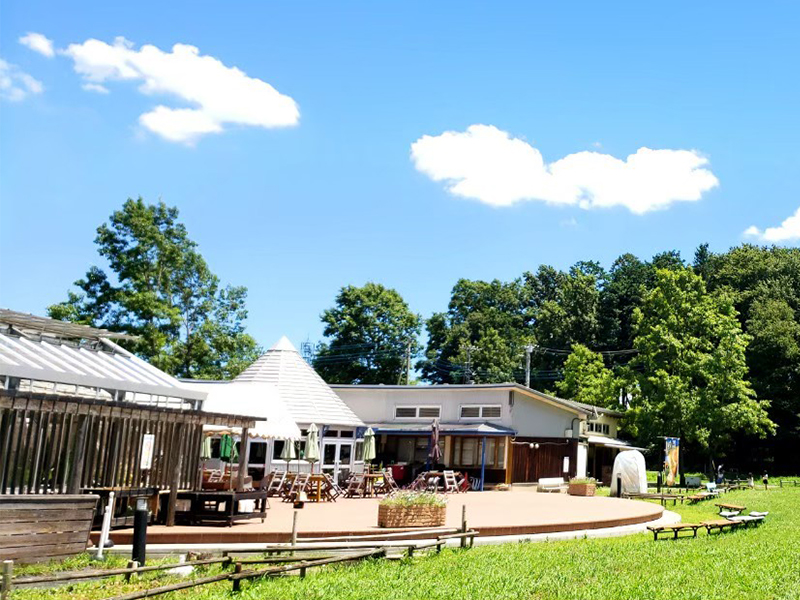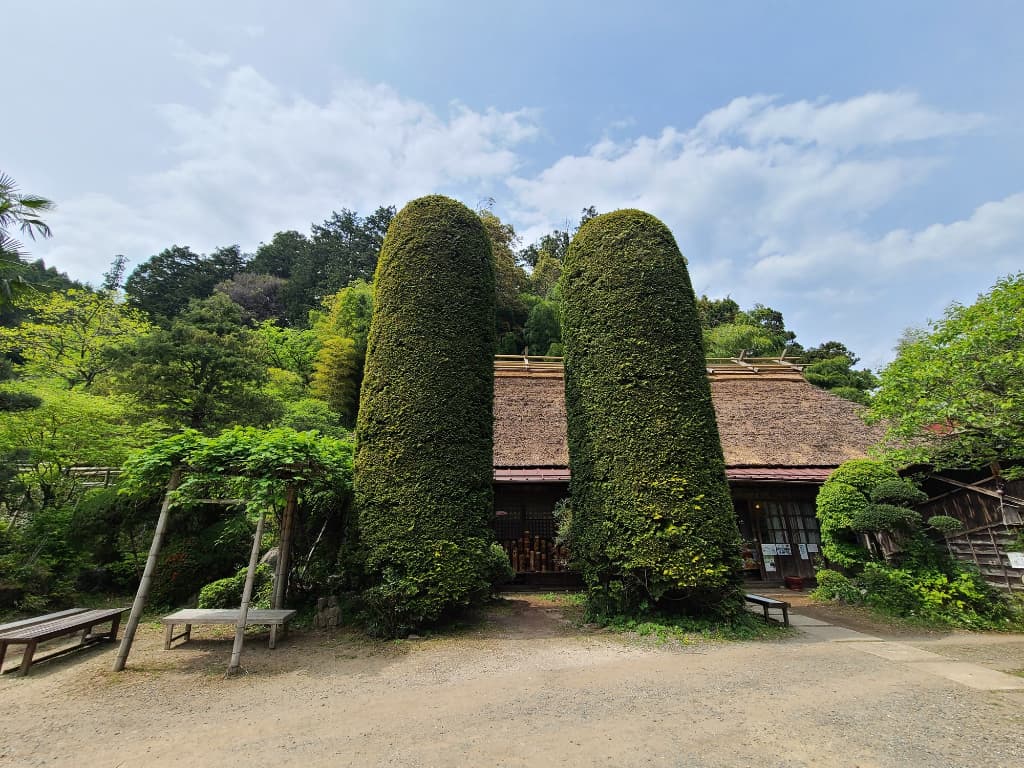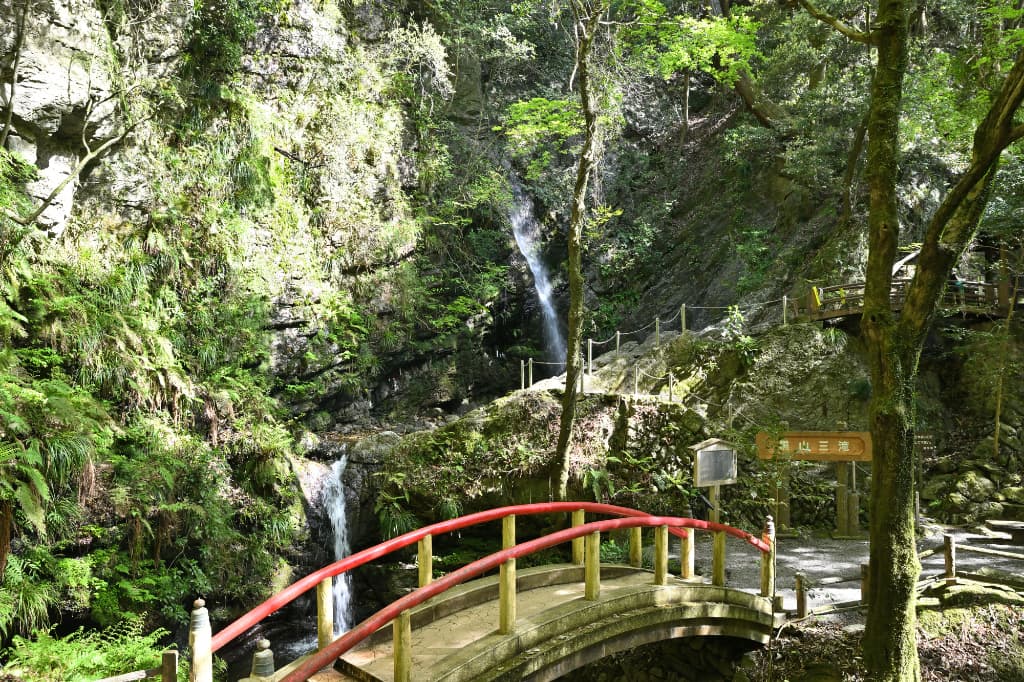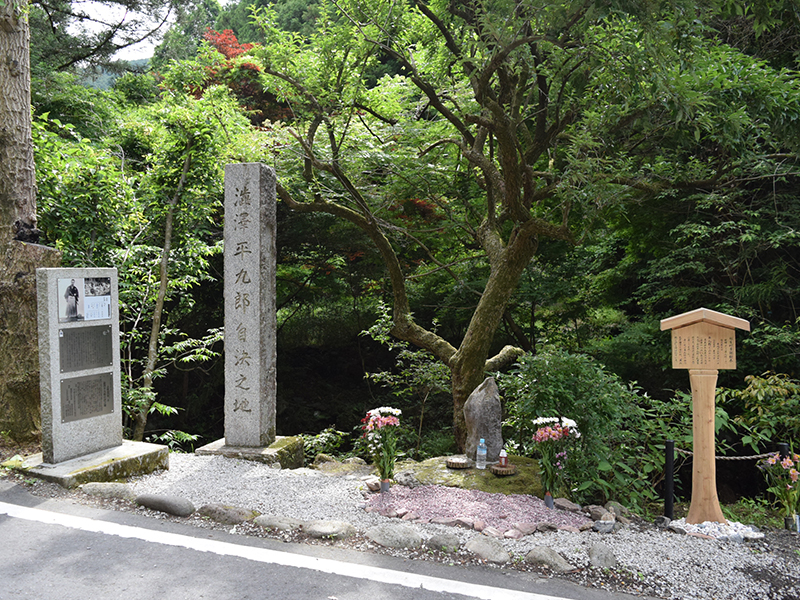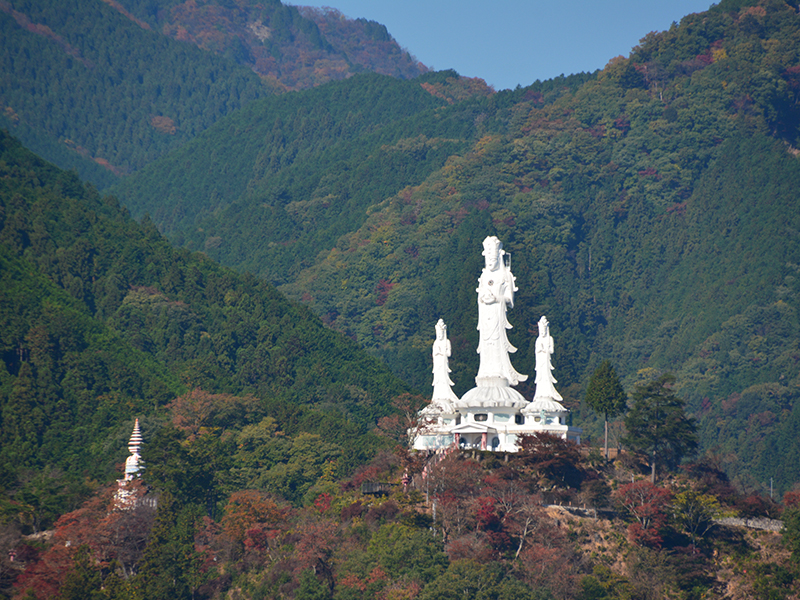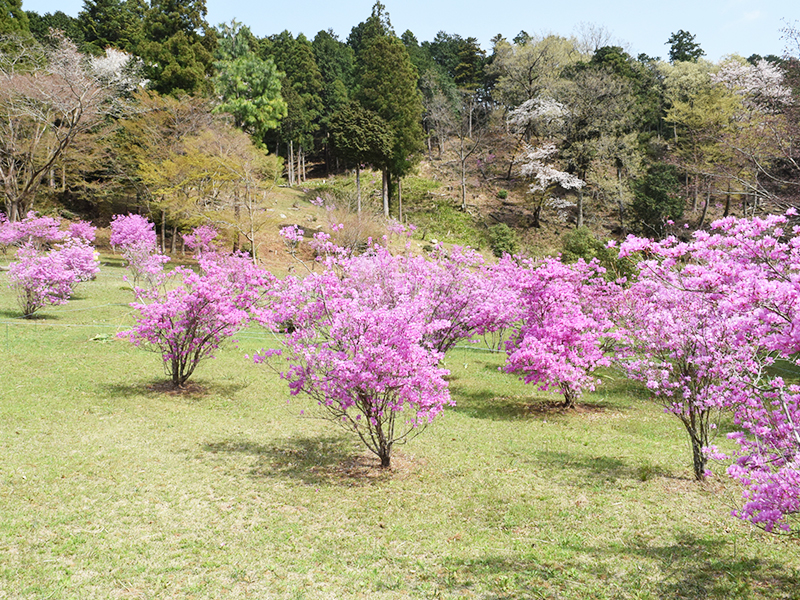Togo Park Chichibu Ontake Shrine
sightseeing
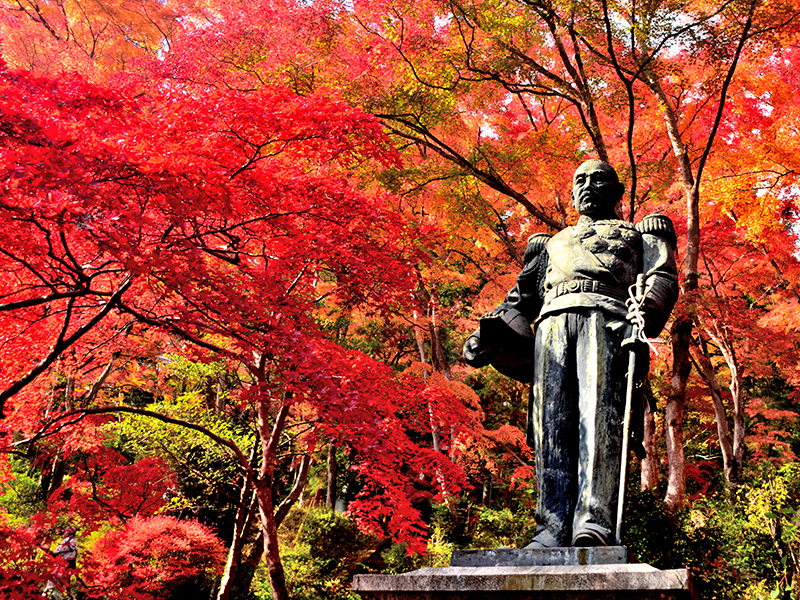
This shrine is dedicated to the spirit of Mt. Ontake, the sacred mountain of the Kiso district of Shinano Province. It is said to have a great spiritual power effective in dispelling bad spirits and bringing good fortune to all who visit. The shrine garden covers an area of almost 1,000 square meters, and includes Togo Park, a park associated with General Togo Heihachiro, within its precincts. The shrine performs various kinds of purification ceremonies (oharai) such as groundbreaking ceremonies, house purification, car purification, and purifications for Shichigosan (ceremony celebrating children at the age of 3, 5, and 7) and for the first shrine visit of the year.
Basic Information
Location
580 Sakaishi, Hanno City
TEL
042-978-0072〔Office〕,042-978-1717〔Shrine〕
FAX
042-978-0072〔Office〕 042-978-0590〔Shrine〕
Home page
Event Information
November Momiji Festiva
Business hours / Fee
Business hours
Free to walk
How to get there
Public transport
25 minutes walk from Seibu Railway Agano Station
Car
From the Kanetsu Expressway Tsurugashima Interchange and the Ken-O Expressway Sayama Hidaka Interchange, take National Highway 299 toward Chichibu for 35 minutes.
Parking
There are 30 cars in the first parking lot and 70 cars in the second parking lot.

